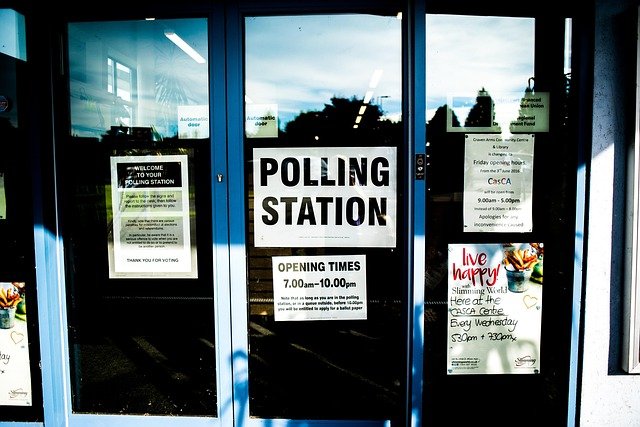Evaluating Equity and Accessibility in Public Resource Allocation
Evaluating how public resources are distributed requires clear metrics, community input, and attention to who benefits. This article outlines practical frameworks and considerations for assessing equity and accessibility across services, highlighting the roles of policy, local context, and inclusive outreach.

Public resource allocation affects daily access to services, economic opportunity, and overall wellbeing for many groups. Effective evaluation looks beyond aggregate totals to examine who receives resources, why, and how barriers limit access. This perspective requires combining data on outcomes with community engagement, attentive policy design, and an understanding of demographic shifts such as migration and aging populations. A focus on equity and accessibility helps uncover disparities and suggests targeted adjustments to improve welfare and resilience at the local and civic levels.
How does community context shape allocation?
Local context determines both needs and feasible solutions. Community-level data—on income, housing, language, and demographic change—helps planners identify underserved neighborhoods and inform distribution of resources like clinics, public transit, and social supports. Engagement with community organizations and volunteers reveals lived experiences that quantitative metrics miss, such as informal barriers to access or cultural preferences. Assessments should combine spatial analysis with direct outreach to ensure allocation decisions align with the everyday realities of diverse populations and bolster local resilience.
What role do policy and civic engagement play?
Policy frameworks set priorities and rules for resource distribution, but civic engagement influences those priorities and improves legitimacy. Transparent policy instruments—needs-based formulas, equity impact assessments, and public reporting—create accountability. Meanwhile, sustained engagement through public forums, advisory councils, and targeted outreach allows underrepresented voices to shape decisions. Volunteer networks and civic groups can act as intermediaries, supporting outreach and service delivery while producing feedback that refines policy over time and strengthens social cohesion.
How is equity measured in public welfare programs?
Measuring equity involves both process and outcome metrics. Process indicators include representation in decision-making, language accessibility of materials, and ease of application for benefits. Outcome indicators track disparities in service uptake, health, employment, or housing stability across groups defined by income, race, migration status, disability, or age. Combining disaggregated data with qualitative feedback uncovers barriers to inclusion and informs adjustments to welfare programs. Regular monitoring and iterative policy revisions keep allocations responsive to changing community needs.
How to assess accessibility and inclusion for diverse groups?
Accessibility spans physical, informational, and procedural dimensions. Evaluations should check whether facilities meet mobility needs, whether information is available in multiple languages and formats, and whether eligibility criteria unintentionally exclude groups like recent migrants or older adults. Inclusion also requires attention to cultural competence and diversity in staffing. Tools such as accessibility audits, user journey mapping, and targeted surveys can identify gaps. Addressing those gaps improves participation and contributes to wellbeing by ensuring services reach people facing varied barriers.
Which outreach and volunteer strategies support resilience?
Outreach strategies that leverage trusted local actors—community groups, volunteers, faith organizations—tend to increase engagement and uptake of services. Volunteer-led programs can extend capacity for outreach, provide culturally relevant supports, and connect isolated residents to resources. Building resilience means investing in training, coordination, and small grants that strengthen these networks without replacing formal services. Measuring impacts of outreach through participation rates and user satisfaction helps refine approaches and ensures initiatives contribute to long-term community wellbeing.
How to balance resources across competing needs?
Balancing allocations requires transparent prioritization and flexible mechanisms for redistribution. Policymakers can use tiered approaches that secure basic access for all while allocating additional resources to communities with acute needs, such as areas with concentrated poverty, high migration influx, or rapidly aging populations. Scenario planning, equity-weighted budgeting, and regular reassessment enable adjustments as conditions shift. Engaging a broad range of stakeholders during budget and program reviews enhances legitimacy and helps reconcile short-term crises with investments in resilience and long-term wellbeing.
Conclusion Evaluating equity and accessibility in public resource allocation is an ongoing process that combines data, community engagement, and responsive policy design. By centering diverse voices, disaggregating outcomes, and testing accessibility across physical and informational channels, decision-makers can better target resources to reduce disparities. Sustainable approaches tie outreach and volunteer efforts to formal systems, adapt to demographic change, and prioritize wellbeing and resilience across communities.





